Bitcoin (BTC) experienced one of its most brutal crashes ever in 2022, with the BTC price plummeting below $20,000 in June after peaking at $68,000 in 2021.
June 2022 has become the worst month for Bitcoin since September 2011, as its monthly losses mounted to 40%. The cryptocurrency also posted its heaviest quarterly losses in 11 years.
However, the current market sell-off doesn’t make Bitcoin crashes and bear markets exclusive to 2022. In fact, Bitcoin has survived its fair share of crypto winters since the first Bitcoin block, or the genesis block, was mined back in January 2009.
As we zoom out the Bitcoin price chart, Cointelegraph has picked up five of the most notable price declines in the history of the seminal cryptocurrency.
Bear market No. 1: Bitcoin crash from $32 to $0.01 in 2011
Time to retest previous high: 20 months (June 2011–February 2013)
The Bitcoin price broke its first major psychological mark of $1.00 back in late April 2011 to start its first-ever rally to hit $32 on June 8, 2011. But, the joy didn’t last long, as Bitcoin subsequently plummeted in value to bottom at just $0.01 over the course of a few days.
The sharp sell-off was largely attributed to security issues at the now-defunct Mt. Gox, a Japanese crypto exchange that traded the majority of Bitcoin at the time. The exchange saw 850,000 BTC stolen due to a security breach on its platform, raising major concerns about the security of Bitcoin stored on exchanges.
With BTC losing about 99% of its value in a few days, Bitcoin’s June 2011 flash crash became a big part of Bitcoin history. The event opened a long period before the BTC price recovered to the previous high of $32 and climbed to new highs only in February 2013.
Haha nice #bitcoin crash to 0.01 USD/BTC. http://t.co/jNx8rAr
— Who Knows? ₿⚡️ (@who_knows) June 19, 2011
It’s difficult to track the pre-2013 Bitcoin price when compared to more recent charts. Popular price tracking services and sites like CoinGecko or CoinMarketCap do not track Bitcoin prices before April 2013.
“Bitcoin was very much in its infancy pre-2013 and there were not that many places trading Bitcoin back then,” CoinGecko chief operating officer Bobby Ong told Cointelegraph. He added that CoinGecko has not received many requests for pre-2013 data, so it is low on the priority for the platform.
Bear market No. 2: Bitcoin tanks from $1,000 to below $200 in 2015
Time to retest previous high: 37 months (November 2013–January 2017)
According to BTC price data collected by Cointelegraph, Bitcoin price reached $100 in mid-April 2013 and then continued surging to briefly hit $1,000 in November 2013.
Bitcoin entered a massive bear market shortly after breaking $1,000 for the first time in history, with the BTC price tumbling below $700 one month later. The price drop came as the Chinese central bank began to crack down on Bitcoin in late 2013, prohibiting local financial institutions from handling BTC transactions.
The cryptocurrency continued plummeting over the next two years, bottoming at around $360 in April 2014 and then dropping even further to hit a low of $170 in January 2015.

The long cryptocurrency winter of 2014 became associated with the hacked Mt. Gox crypto exchange, which halted all Bitcoin withdrawals in early February 2014. The platform then suspended all trading and eventually filed for bankruptcy in Tokyo and in the United States.
Some major financial authorities also raised concerns about Bitcoin, with the U.S. Commodity Futures Trading Commission claiming that it had power over “Bitcoin price manipulation” in late 2014.
The general sentiment around Bitcoin was mainly negative until August 2015, when the trend started a long-term reversal. Amid the strong bullish market, Bitcoin eventually returned to the $1,000 price mark in January 2017. This was the longest all-time high price recovery period in the history of Bitcoin.
Bear market No. 3: Bitcoin plunges below $3,200 after hitting $20,000 in December 2017
Time to retest previous high: 36 months (December 2017–December 2020)
After recovery to $1,000 in January 2017, Bitcoin continued to rally to as high as $20,000 by the end of that year.
However, similar to Bitcoin’s previous historical peak of $1,000, the triumph of $20,000 was short-lived, as Bitcoin subsequently dropped and lost more than 60% of its value in a couple of months.
The year 2018 quickly became referred to as a “crypto winter” as the Bitcoin market continued shrinking, with BTC bottoming at around $3,200 in December 2018.
The crypto winter kicked off with security issues on Coincheck, another Japanese cryptocurrency exchange. In January 2018, Coincheck suffered a gigantic hack resulting in a loss of about $530 million of the NEM (XEM) cryptocurrency.
The bear market further escalated as tech giants like Facebook and Google banned ads for initial coin offerings and token sales ads on their platforms in March and June 2018, respectively.
Global crypto regulation efforts contributed to the bear market as well, with the U.S. Securities and Exchange Commission rejecting applications for BTC exchange-traded funds.

Bear market No. 4: BTC slumps from $63,000 to $29,000 in 2021
Time to retest previous high: six months (April 2021–October 2021)
Bearish sentiment dominated the crypto market until 2020, when Bitcoin not only came back to $20,000 but entered a massive bull run, topping at higher than $63,000 in April 2021.
Despite 2021 becoming one of the biggest years for Bitcoin, with the cryptocurrency passing a $1 trillion market cap, Bitcoin also suffered a slight drawback.
Shortly after breaking new all-time highs in mid-April, Bitcoin drew back slightly, with its price eventually dropping to as low as $29,000 in three months.
The mini bear market of 2021 came amid a growing media narrative suggesting that Bitcoin mining has a problem related to environmental, social and corporate governance (ESG).
The global ESG-related FUD around Bitcoin had been exacerbated even further with Elon Musk’s electric car firm Tesla dropping Bitcoin as payment in May, with the CEO citing ESG concerns. Just three months later, Musk admitted that about 50% of Bitcoin mining was powered by renewable energy.
The cycle of FUD pic.twitter.com/OC8kGXAUSd
— Lina Seiche (@LinaSeiche) June 20, 2021
The bear market didn’t last long despite China starting a major crackdown on local mining farms. The bullish trend returned by the end of July, with Bitcoin eventually surging to its still-unbroken all-time high of $68,000 posted in November 2021.
Bear market No. 5: Bitcoin plummets from $68,000 to below $20,000 in 2022
Time to retest previous high: to be determined
Bitcoin failed to break $70,000 and started dropping in late 2021. The cryptocurrency has slipped into a bear market since November last year, recording one of its biggest historical crashes in 2022.
In June, the cryptocurrency plunged below $20,000 for the first time since 2020, fueling extreme fear on the market.

The ongoing bear market is largely attributed to the crisis of algorithmic stablecoins — namely the TerraUSD Classic (USTC) stablecoin — which are designed to support a stable 1:1 peg with the U.S. dollar through blockchain algorithms rather than equivalent cash reserves.
USTC, once a major algorithmic stablecoin, lost its dollar peg in May. The depegging of USTC triggered a massive panic over broader crypto markets as the stablecoin had managed to become the third-largest stablecoin in existence before collapsing.
The collapse of Terra caused a domino effect on the rest of the crypto market due to massive liquidations and uncertainty that fuelled a crisis in cryptocurrency lending. A number of global crypto lenders like Celsius had to suspend withdrawals due to their inability to maintain liquidity amid brutal market conditions.
Bitcoin has historically seen its price trade below previous highs for more than three years. The previous peak of $68,000 took place just seven months ago, and it’s yet to be seen whether and when Bitcoin would return to new heights.

You can get bonuses upto $100 FREE BONUS when you:
💰 Install these recommended apps:
💲 SocialGood - 100% Crypto Back on Everyday Shopping
💲 xPortal - The DeFi For The Next Billion
💲 CryptoTab Browser - Lightweight, fast, and ready to mine!
💰 Register on these recommended exchanges:
🟡 Binance🟡 Bitfinex🟡 Bitmart🟡 Bittrex🟡 Bitget
🟡 CoinEx🟡 Crypto.com🟡 Gate.io🟡 Huobi🟡 Kucoin.
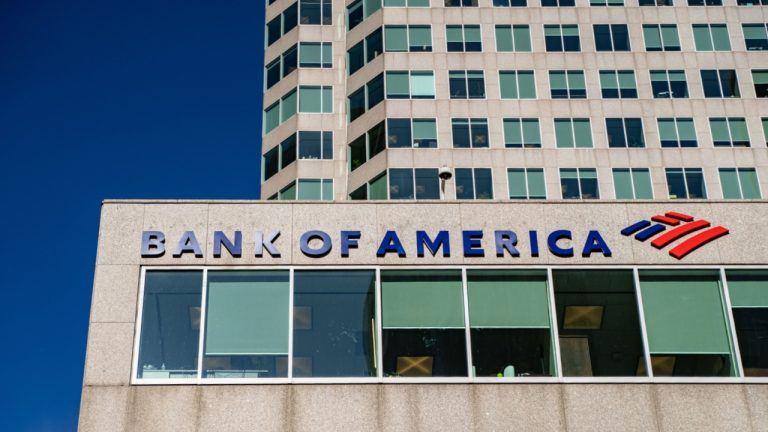


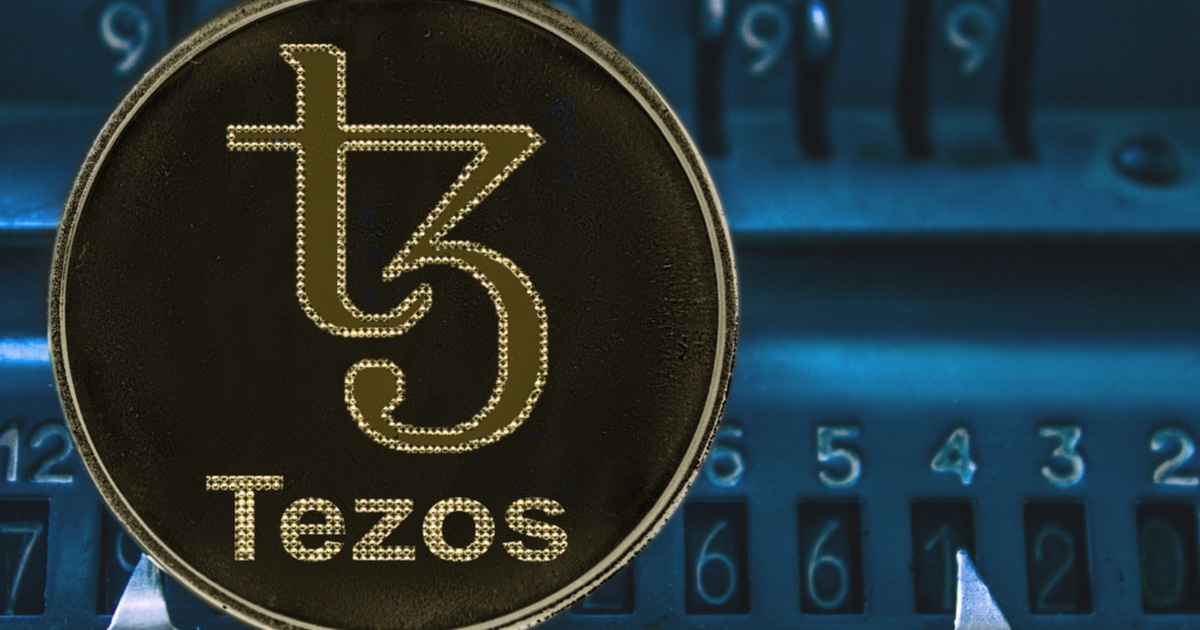
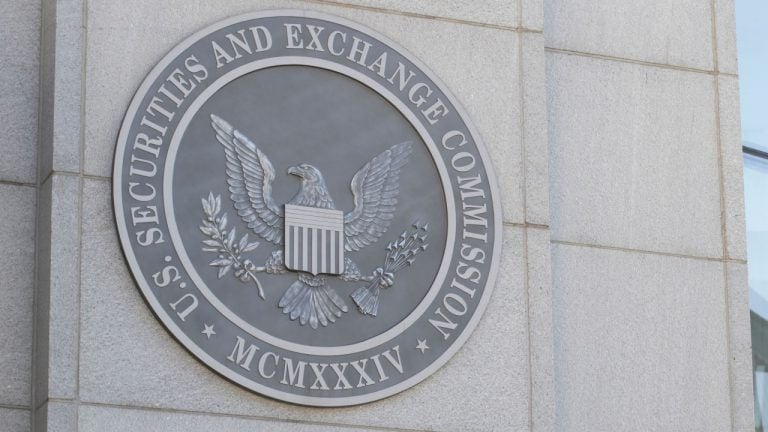




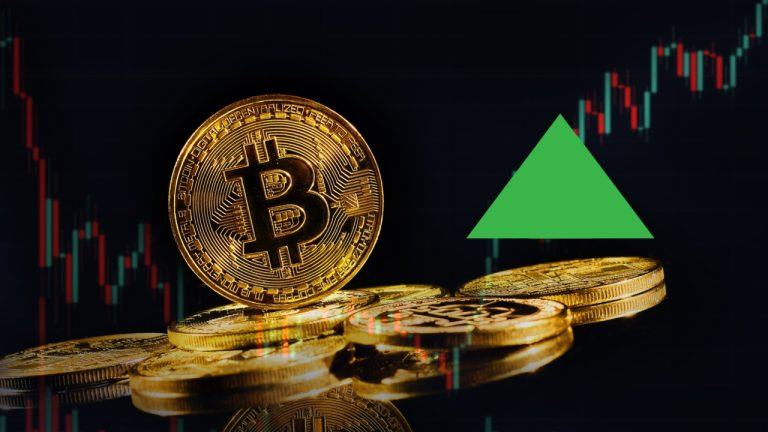
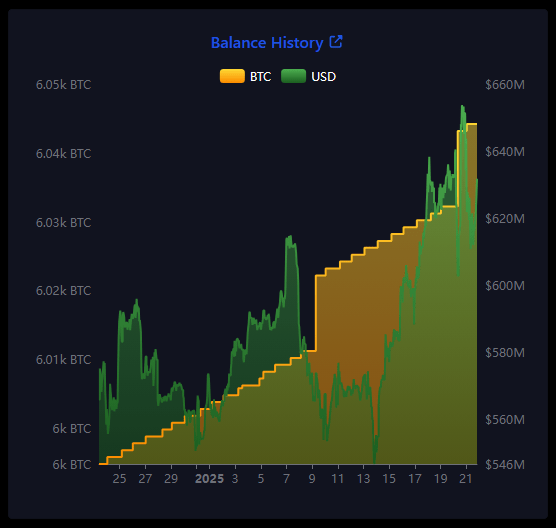


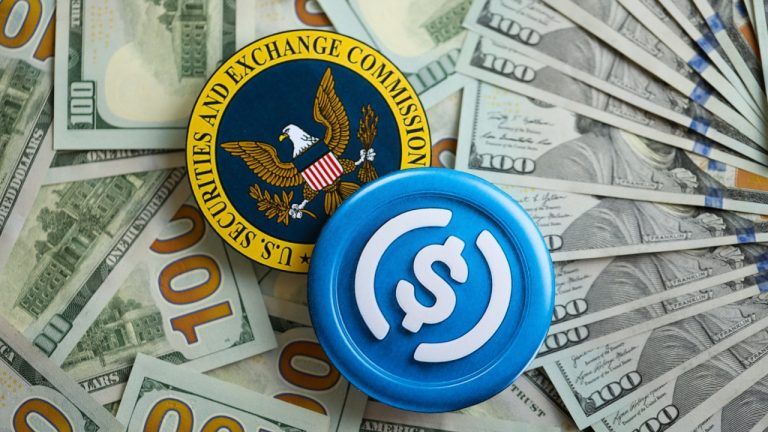






Comments